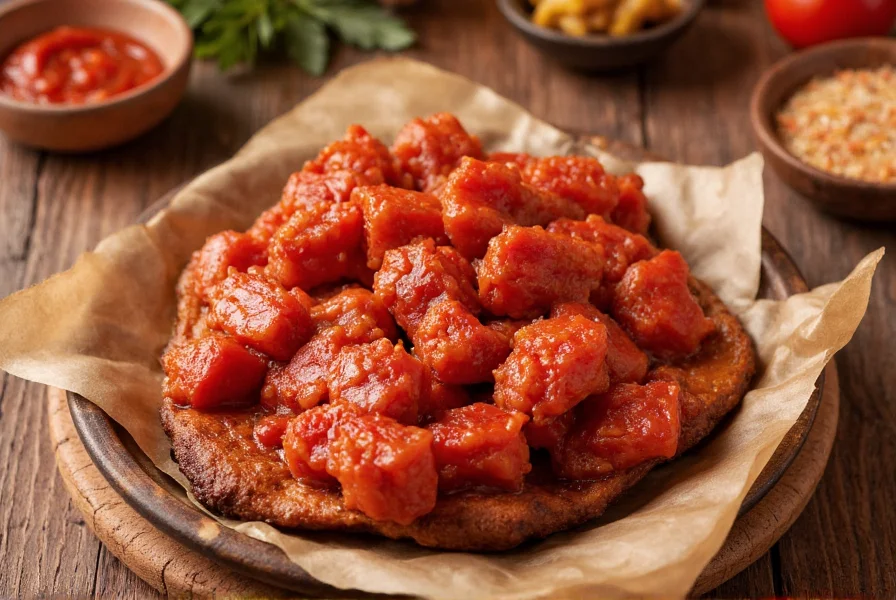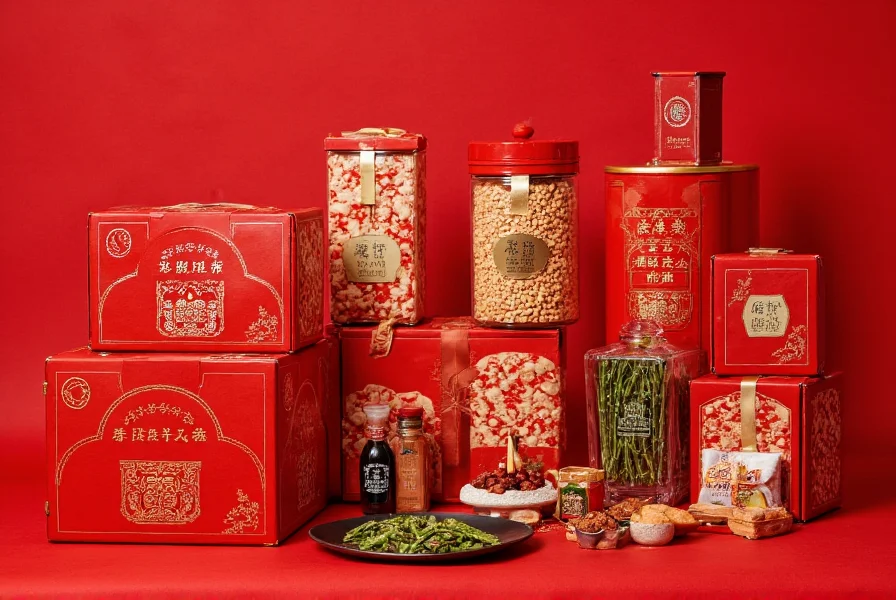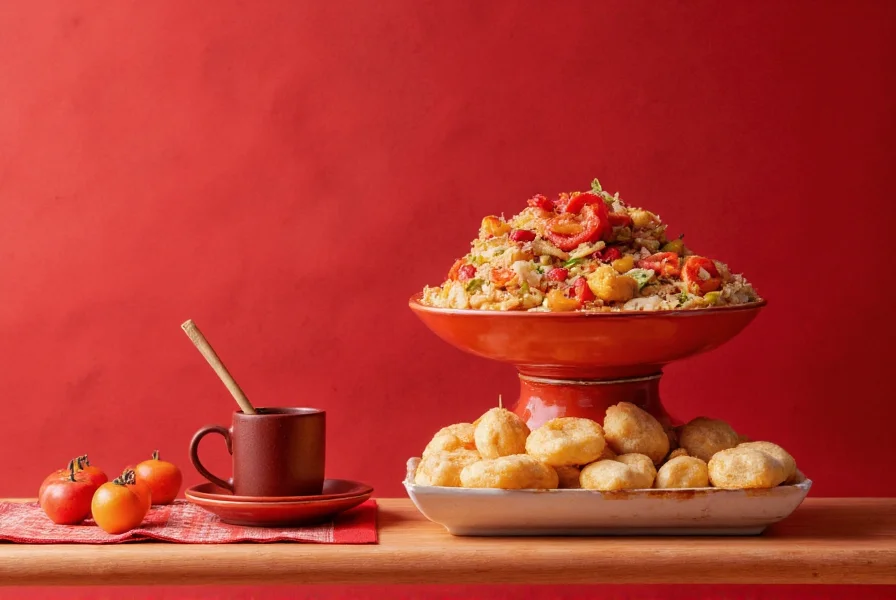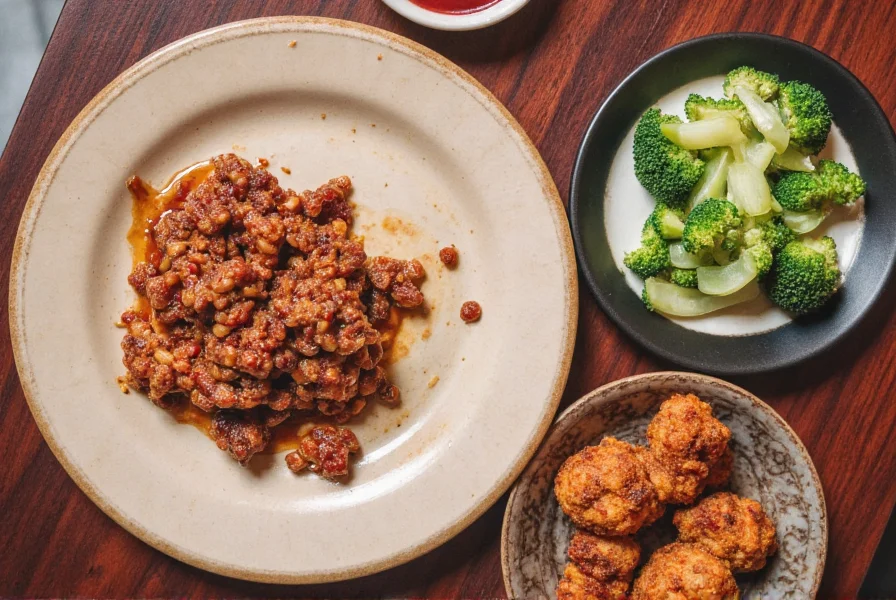🔥 Spicy Showdown: Is the SHU Habanero Worth the Burn? 🌶️
Table of Contents
- Introduction: The Scorching World of Habaneros
- What is SHU Anyway?
- Meet the SHU Habanero: Stats & Specs
- How It Compares to Other Chilies
- Top 5 Cooking Tips for Using SHU Habanero
- Buying Guide: Finding the Best SHU Habanero Products
- Heat Safety: Handling the Heat Like a Pro
- Conclusion: Love It or Lose It?
Introduction: The Scorching World of Habaneros
If you've ever bitten into a habanero by accident, you know exactly what we mean when we say "OUCH." But for chili lovers, that burn is pure bliss. The SHU habanero sits proudly at the higher end of the Scoville scale, offering a punchy flavor wrapped in searing heat.

In this article, we’ll explore everything you need to know about the habanero's heat — from its Scoville Heat Units (SHU) to practical cooking hacks and where to buy the best habanero-based products. Ready to ignite your spice knowledge?
What is SHU Anyway?
Before we dive into the habanero itself, let’s talk numbers. SHU stands for Scoville Heat Units, a measurement system created by Wilbur Scoville back in 1912 to determine just how hot a chili pepper really is.
The scale works by diluting a pepper extract until the heat can no longer be detected by a panel of tasters. The more dilution needed, the higher the SHU rating. And trust us, habaneros need a lot of dilution!
Meet the SHU Habanero: Stats & Specs
The habanero is more than just a pretty face in the chili world — it’s got serious firepower. Here’s a quick breakdown:
- Color: Typically orange, red, white, or even purple
- Size: About 1–2 inches long
- Flavor Profile: Fruity, floral, smoky
- SHU Range: 100,000 – 350,000

That puts it squarely in the 'serious spice' category. For context, a jalapeño clocks in around 2,500–8,000 SHU, while the mighty Carolina Reaper tops out at over 2 million SHU.
How It Compares to Other Chilies
Let’s see where the habanero stands against some other popular peppers:
| Pepper | SHU Range | Common Use |
|---|---|---|
| Jalapeño | 2,500 – 8,000 | Salsas, nachos, tacos |
| Serrano | 10,000 – 23,000 | Pico de gallo, sauces |
| Habanero | 100,000 – 350,000 | Hot sauces, marinades, stews |
| Ghost Pepper | 850,000 – 1,041,427 | Extreme heat sauces, challenge dishes |
| Carolina Reaper | 1,400,000 – 2,200,000 | World record heat challenges |

Top 5 Cooking Tips for Using SHU Habanero
- Wear gloves! Capsaicin sticks to skin and can cause serious irritation, especially near eyes and nose.
- Remove the seeds and membranes if you want to reduce the heat without losing flavor.
- Pair with fruit or citrus to balance the heat with sweetness and acidity — mango salsa with habanero? Yes please!
- Roast or smoke them to bring out their natural smokiness and deepen flavor profiles.
- Dilute with dairy or fat like sour cream, avocado, or coconut milk to mellow the burn after eating.

Buying Guide: Finding the Best SHU Habanero Products
If fresh habaneros are too intense or inconvenient, there’s a whole world of habanero-infused products out there. Here’s a quick guide to choosing the right one for your kitchen:
Best Habanero Hot Sauces
- Pelican’s Original Hot Sauce
- Features: Balanced fruity heat, aged habaneros
- Use Case: Great on eggs, burgers, and seafood
- Audience: Casual to moderate spice lovers
- Bravado Spice Co. Habanero Ghost Pepper Blend
- Features: Double punch from two super-hot peppers
- Use Case: Serious heat seekers and DIY hot sauce fans
- Audience: Advanced spice enthusiasts

Top Habanero Powders & Pastes
- La Preferida Ground Habanero Powder
- Features: Pure ground dried habaneros
- Use Case: Seasoning meats, rubs, soups
- Audience: Home cooks and BBQ lovers
- La Costeña Habanero Pepper Paste
- Features: Thick, flavorful paste with real chunks
- Use Case: Stews, rice, salsas
- Audience: Authentic Mexican cuisine lovers
Spice Blends Featuring Habanero
- Badia Spicy Mango Seasoning
- Features: Tropical twist with habanero kick
- Use Case: Grilled fish, tropical salads
- Audience: Adventurous eaters and fusion foodies
- Primal Kitchen Chili Lime Rub
- Features: Paleo-friendly, habanero-infused blend
- Use Case: Marinades, grilled chicken, steak
- Audience: Health-focused grillers

Heat Safety: Handling the Heat Like a Pro
Even seasoned chileheads can get caught off guard by the habanero’s heat. Here’s how to stay safe:
- Always wash hands thoroughly after handling — use soap and water.
- Never touch your face, eyes, or sensitive areas while working with raw habaneros.
- If you do get burned: Soak affected area in milk or yogurt — capsaicin dissolves better in fats than water.
- Ventilate your workspace when chopping or roasting to avoid irritating fumes.
- Keep dairy nearby during meals — it neutralizes heat faster than water.

Conclusion: Love It or Lose It?
The SHU habanero isn’t for the faint of heart — but for those who embrace it, it’s a culinary game-changer. Whether you’re blending it into sauces, grinding it into rubs, or daringly tossing a few slices into your next salsa, habanero brings both fire and flavor.

So go ahead — grab some habaneros, keep the milk close, and enjoy the ride. Your taste buds will thank you… eventually.











 浙公网安备
33010002000092号
浙公网安备
33010002000092号 浙B2-20120091-4
浙B2-20120091-4